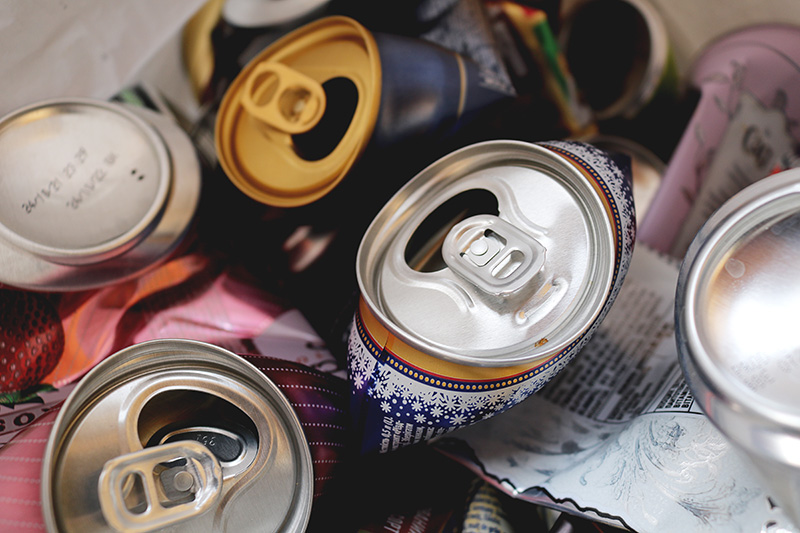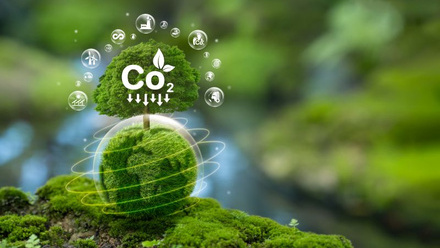Aluminium scrap becomes carrier for hydrogen energy
Found Energy in Boston, USA, has developed a catalyst to turn aluminium metal into a water reactive fuel.

Found Energy oxidises aluminium with water, converting its stored energy to heat and hydrogen. The technology is reported to work with low-quality, contaminated aluminium waste.
Co-Founder of the firm, Gadi Ruschin, says, “In practice, we transport aluminium and oxidise it very quickly (high-power density) in an aqueous environment where hydrogen is needed. This allows us to transport aluminium instead of hydrogen, which is safe, simple and the energy density is 10 times higher than liquid hydrogen.”
The firm explains how 'Every tonne of aluminium contains roughly 8.6MWh of stored energy, and at 23MWh/m³, it is one of the most volumetrically energy-dense materials.
'A single aluminium soda can contains enough energy to charge an iPhone 14 over 10 times. The source of this energy is primarily from electricity consumed during the aluminium smelting process (we can think of aluminium smelters as enormous battery chargers), which can be up to a 70% efficient process.'
'The energy density is double that of diesel and 10 times higher than liquid hydrogen, this means that we can transport very high amounts of energy in much smaller tanks/vessels than the industry is used to,' says Ruschin.
Found Energy says it has developed a catalyst that 'cracks the protective oxide layer that naturally forms on aluminium as it interacts with oxygen'. Once the aluminium is activated, they add it to their reactors, mix it with water and energy is produced.
Once hydrogen and heat are released, the aluminium is fully oxidised and aluminium hydroxide is formed. Other alloying elements that might be present can be filtered and recycled, suggests the firm.
Ruschin says, 'The transition to renewable energy is a complicated task that requires energy production and storage. These two points are at the heart of the discussion and are being focused on by many start-ups, as well as established companies. There is also a third point, which is much less discussed – energy transportation.
'Unlike fossil fuels, renewable energy is usually produced in stationary plants or fields and transported through the grid – but if the energy is needed somewhere else, there is no good solution yet and this is where we come into the picture.'
Found Energy say its development means they can transport clean energy to where it is needed, for example, producing solar energy in Australia and using it in Japan or Singapore.
'The costs depend on many different factors, but in most cases, we present a major potential reduction in energy costs of our industrial partners and when the different incentives are added, it is a no brainer,' adds Ruschin.
Found Energy has demonstrated this technology so far at 50kW (thermal), and its first commercial product is targeting 1-10MW. They will complete the development and testing of megawatt-scale reactors later this year.
Ruschin explains, 'Our kW-scale reactor is one of our initial prototypes and is being used to fine-tune the energy-generating process, as well as for demonstration purposes to different industrial partners.” Scaling up is mainly about “engineering efforts as well as meeting customer requirements”, notes Ruschin, “luckily, the science efforts are mostly met and support the scaling to significant power outputs'.







